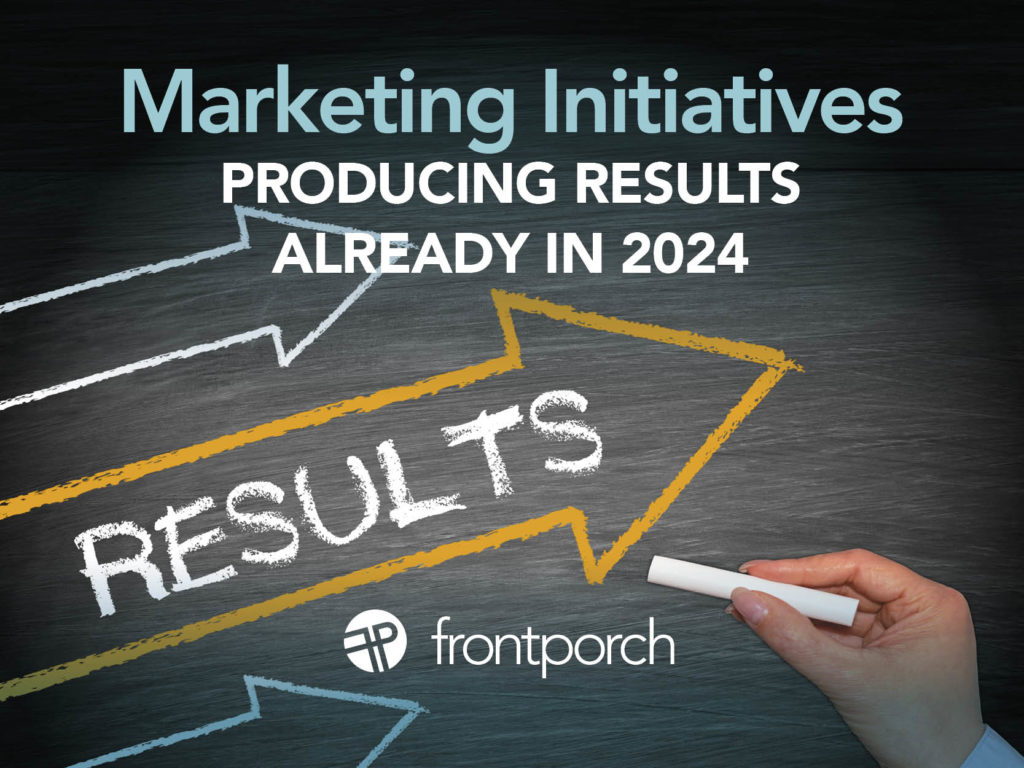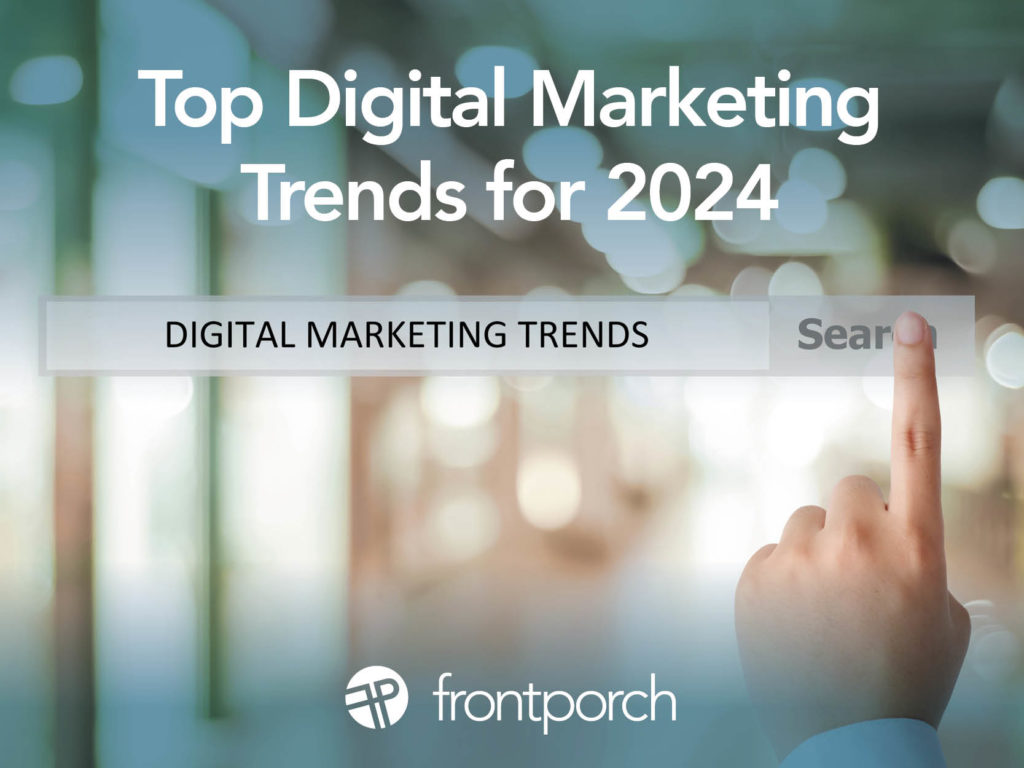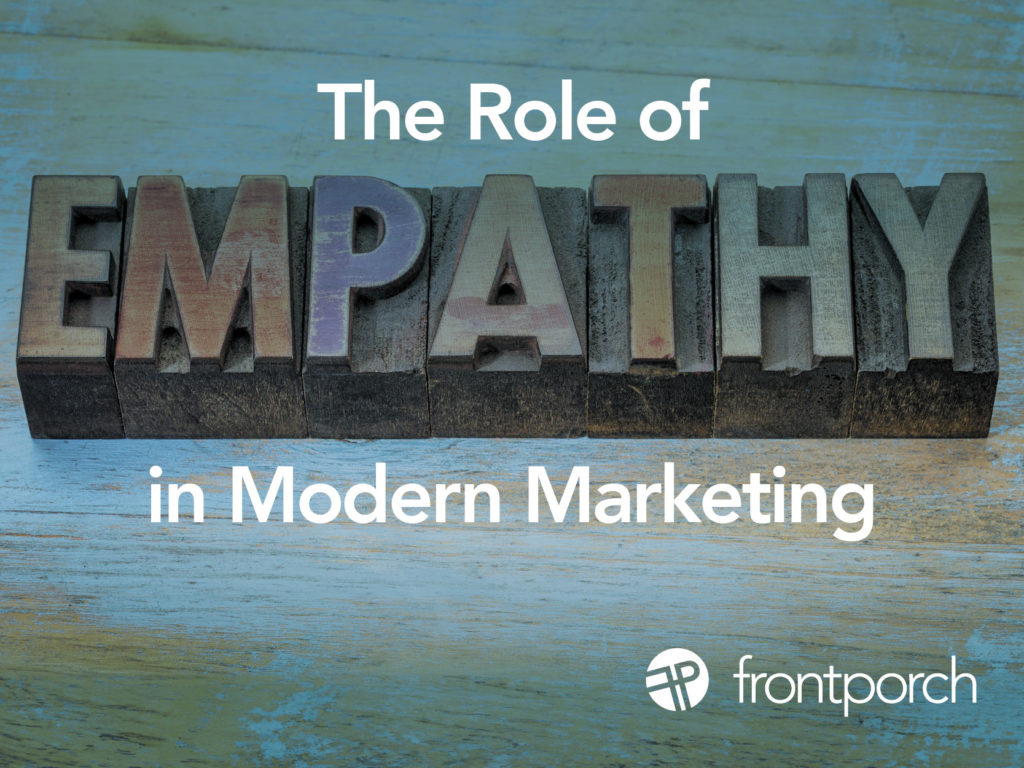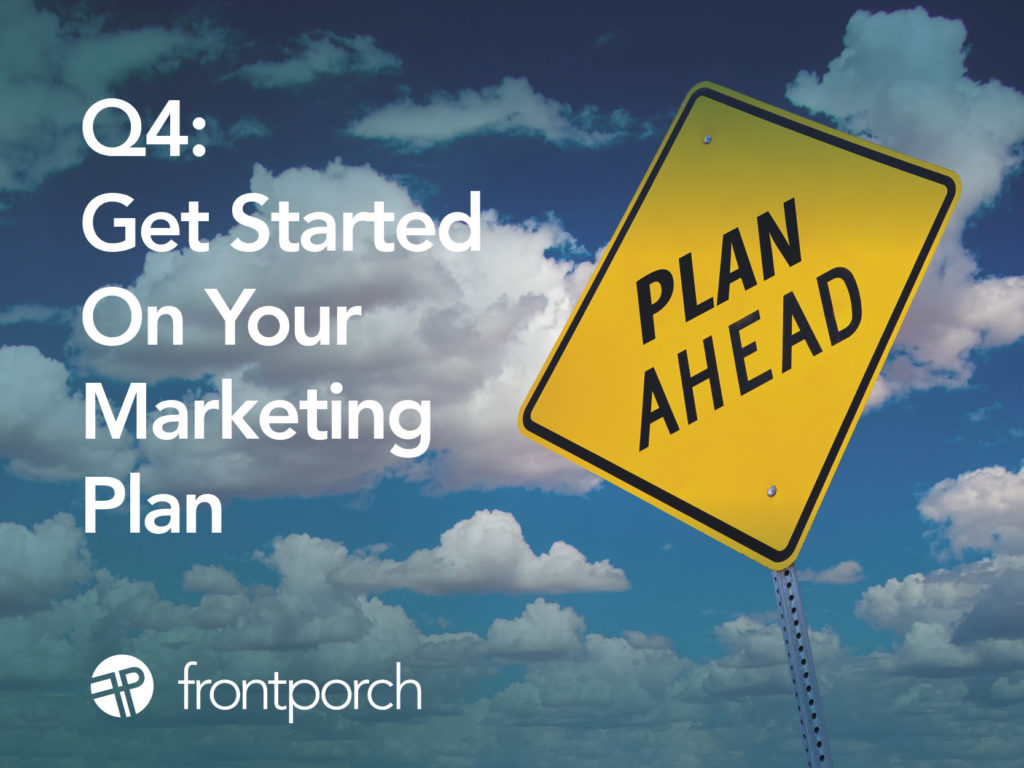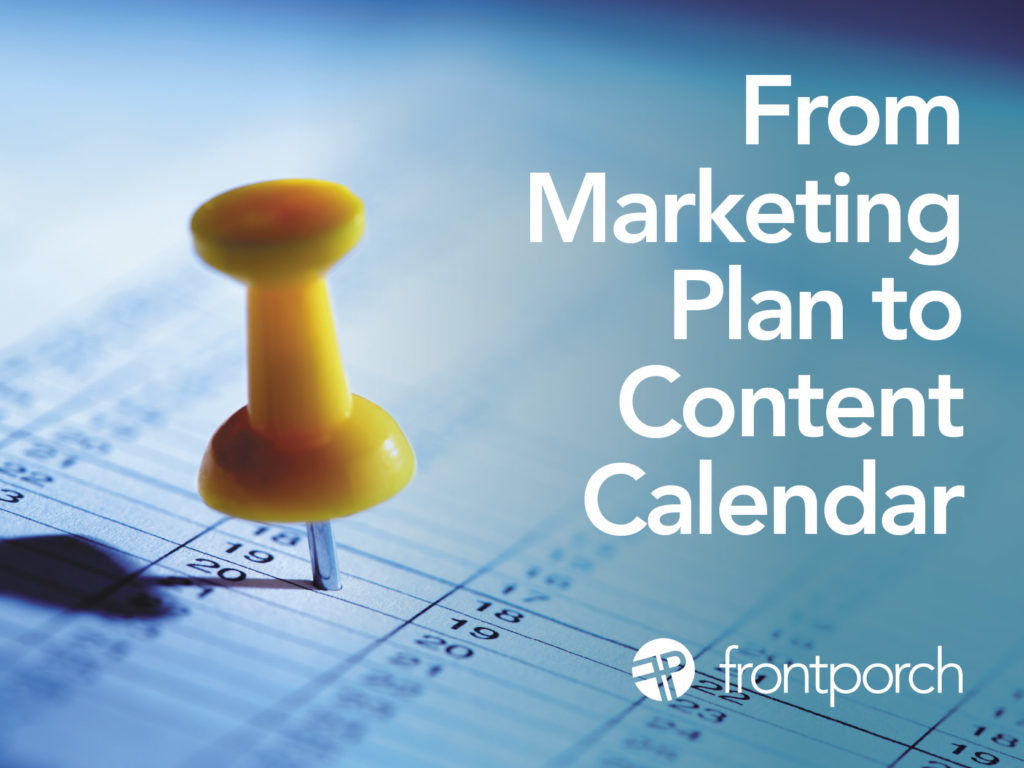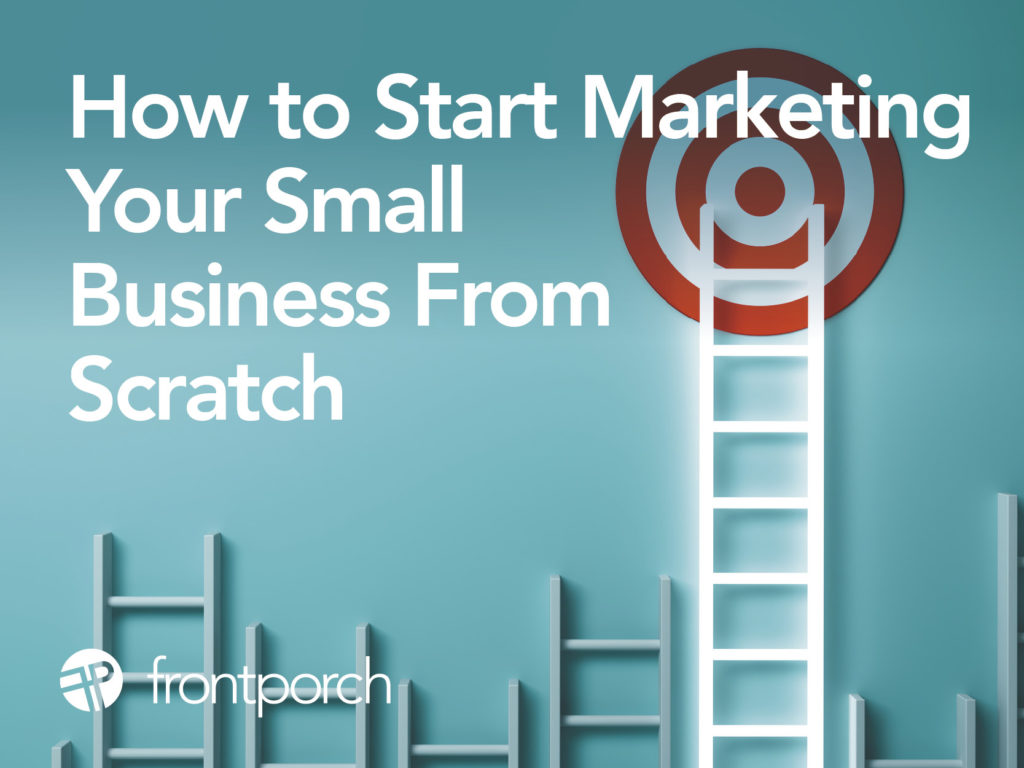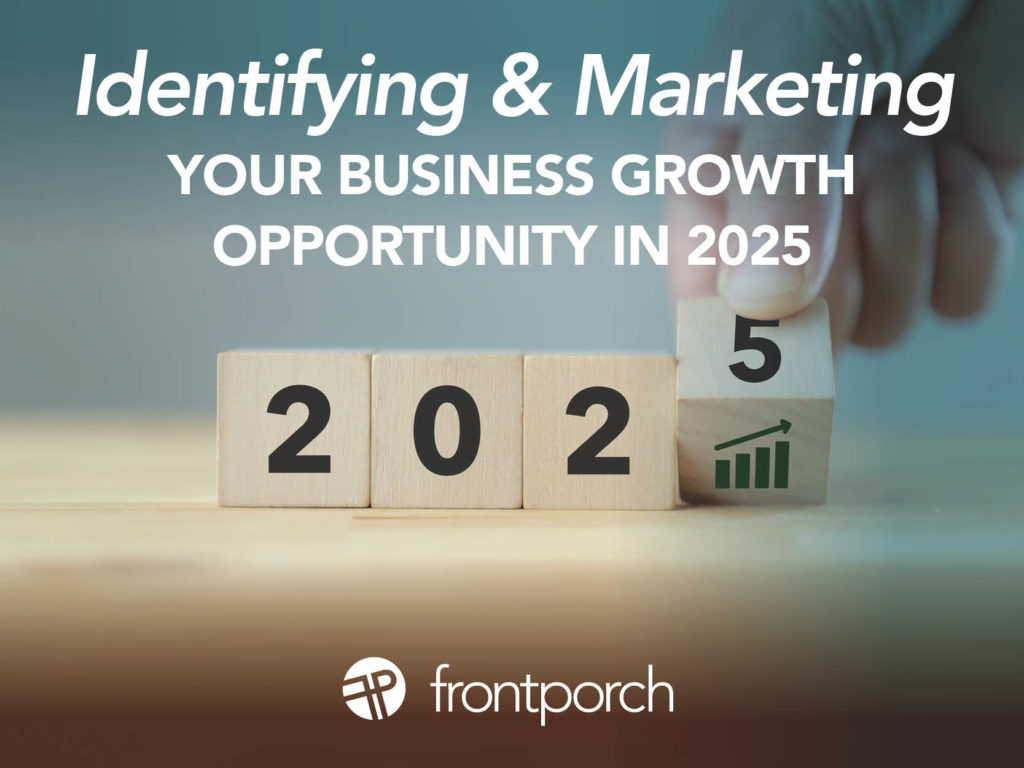
What’s your business growth opportunity for next year? Identify it. Now is the time. Q4 is upon us. Before we know it, it will be January 2025. So take the time now to really contemplate where you want to take your business next. Once you have that nailed down, you’ll have a clear place to steer yourself in Q1.
Your Growth Opportunity Is Not Swayed by Circumstances
Your business growth opportunity for next should be based on YOUR business. Not so much on outside forces happening in the world. Despite the economy. Or the uncertainty due to the election. Strong brands will survive and thrive in 2025. What makes you a strong brand?
Uncover Opportunities With Probing Questions
Ask yourself some of these questions when you review your business in Q4. These questions will help you determine your success for 2025 based on your successes in 2024.
1. Review your 2024 key clients or customers’ successes. Where have you seen the most business growth this past year?
Make a list. This will give you insight into where your business growth opportunity might be for next year. Looks for patterns and trends in your business’ success. You might just be getting started in some area of your business that will continue to pay off.
2. Is your team convicted that the brand is important?
Review your brand’s foundation. Is your brand strong? Does your leadership team articulate your brand clearly at every internal touchpoint? Your audience needs to be able to recognize you and count on you. They want to see you as the voice of authority, every time they turn to you for answers.
3. Are you communicating consistently?
Consistent communication is key to having a strong brand, and a strong presence in the marketplace. If you are not communicating clearly and consistently about your brand, you are diluting your brand and the competency of your organization.
4. Does your target care about what your brand stands for?
The stronger the emotional connection to your brand, the more likely the target will be predisposed to your organization. What were your successes with your audience this past year? Plan to do more of whatever that was.
Other questions to ask yourself about your business, looking for your business growth opportunities in 2025:
- Are you leveraging your senior team’s strengths?
- What are your strategies? Define these and then everything else should fall under that.
- What are your holes in marketing resources? What do you need help with?
Pro-Tips For Growth
Identifying your business growth opportunities is just your first step to a successful 2024. Reviewing 2024, there are areas where we see success for small to midsize businesses and nonprofits in 2025. Make sure you have this Pro-Tip list covered in Q4 this year, and follow the path to uncover your own insights and build your business in 2025. If you need help along the way, Front Porch has your back.
- Identify your growth opportunity.
- Make sure you have the team needed to realize your goals for your clients.
- Have a plan. Be focused. A marketing plan is important to maximize resources and reduce unneeded spend.
- Sharpen messaging. Review your message map. Make edits where necessary.
- Be strategic. Define strategies and then tactics that will help you accomplish the strategies.
- Remember, tactically, less is more.

